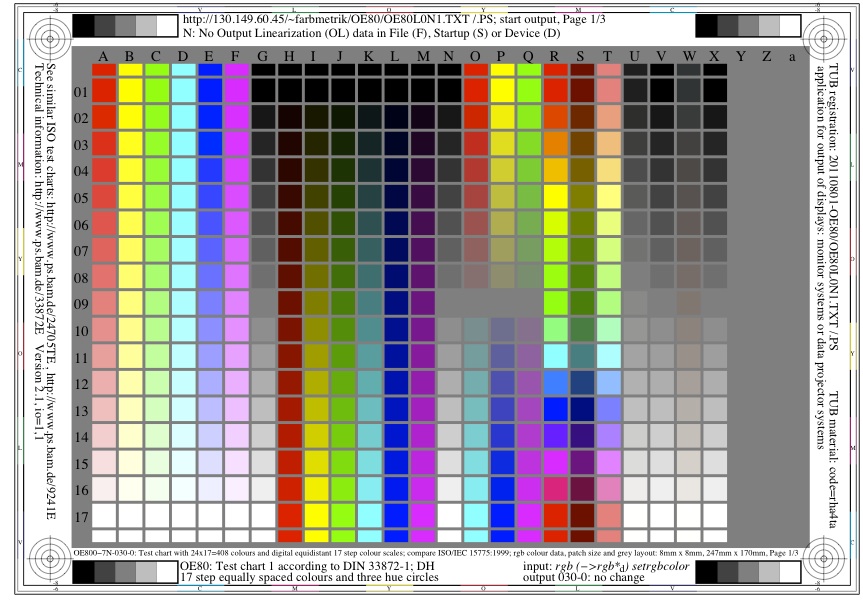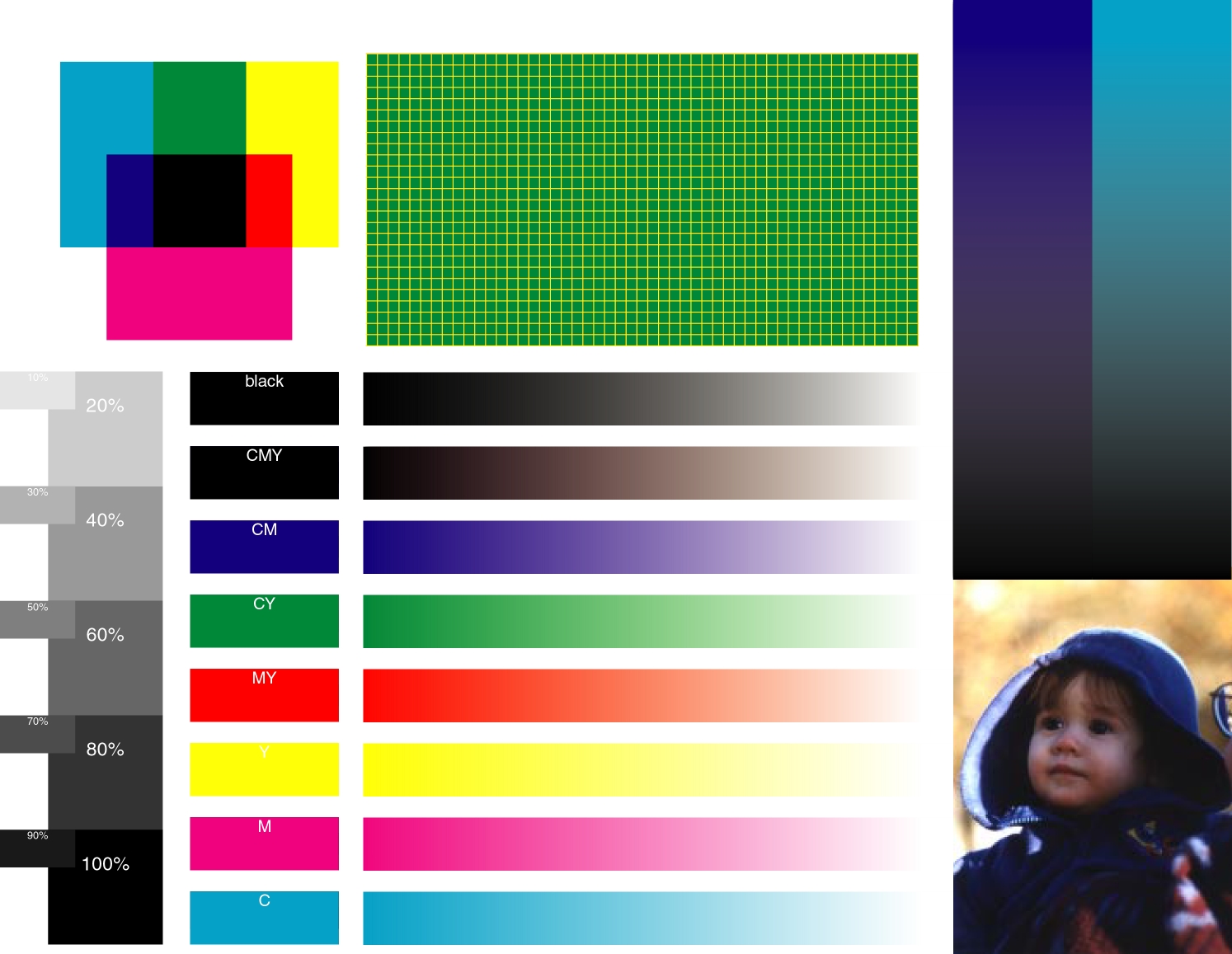


If the program does not provide any output, then nothing willīe queued for printing. Use it by default using the lpoptions(1) command:īoth the lp and lpr commands support printing If you normally use a particular printer, you can tell CUPS to List of printers, and the -d option reports the The -p option specifies that you want to see a Parallel, serial, or USB port, or available over the network. These printers can be attached to the local system via a Many systems will have more than one printer available to the Whichever is most convenient! Type either of the followingĬommands to print a file to the default (or only) printer on the To print from inside your applications or at the command-line, Including text, PostScript, PDF, and image files. Printer-specific options that allow you to control how and whereĬUPS understands many different types of files directly,

In addition, it supported a large number of standard and See the Related Content for additional information.Command-Line Printing and Options Command-Line Printing and OptionsĬUPS provides both the System V ( lp(1)) and Berkeley ( lpr(1)) printing commands for printingįiles. If necessary, contact your System / Network Administrator for additional assistance. If you are printing through a print server, your System / Network Administrator will be required to uninstall and re-install the print driver. Uninstall the print driver then install the required print driver for the device.


 0 kommentar(er)
0 kommentar(er)
